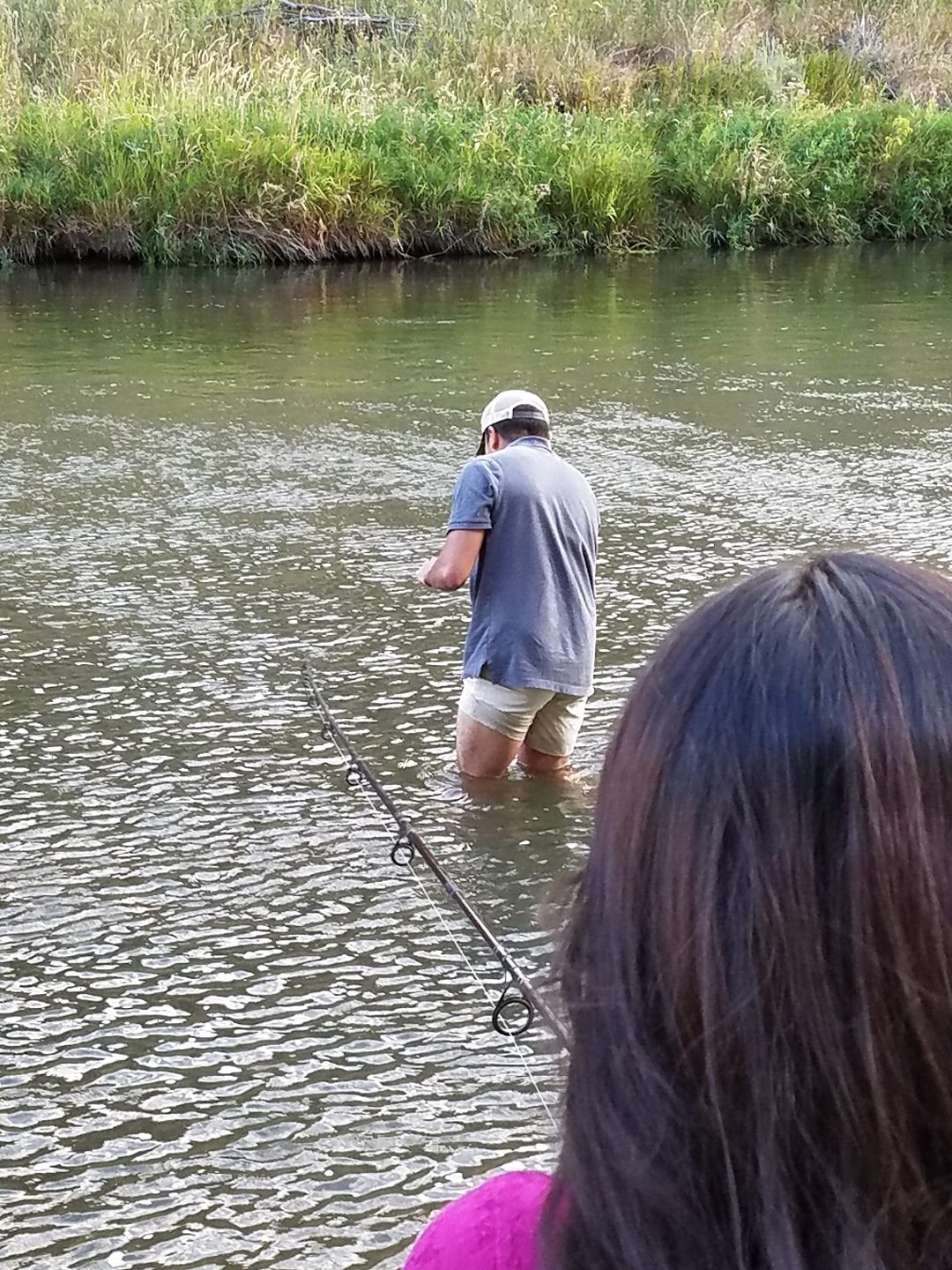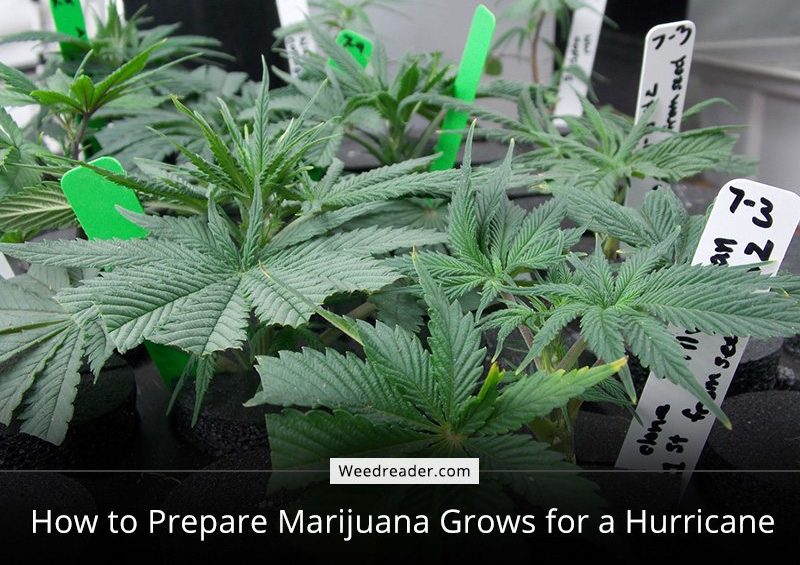Water, water everywhere.

Hurricane Harvey just passed and Irma is making landfall at the moment. So far, there are a total of eight confirmed deaths with whole communities under water. Millions of people in Texas and Louisiana are affected by the devastation left by Harvey. The southern tip of the United States is basically under trillions of gallons of water. And there are more storms to come.
Texas declared a state of emergency as the pumps protecting Houston failed. With over 7 million people in the Houston area (almost a quarter of the entire states population) affected, there is little that isn’t decimated from the storm. Whole communities remain under feet of water as rescue efforts turn into recovery.
The volume of water unleashed over the last few days is unbelievable. Nowhere seems safe from the raging waters as highways become temporary rivers and hills become islands. Millions of people have had to evacuate their homes. Not to mention the thousands of hydroponics stores, private and commercial grow rooms and covert grows that drown in the flood.
It is obvious that the cannabis community is among the many victims of Hurricane Harvey.

For cannabis growers in the Lone Star State and other parts of the continent, these natural phenomena create unprecedented challenges and difficult choices. They could pack up and move their operations or they could batten down the hatches and try to wait out the storm.
Those in a position to move their grows had move fast and quietly. In the brave new world of climate change, superstorms and unchecked urbanization, marijuana growers are on the front lines. They have to find ways to be resilient and adapt to sudden, catastrophic conditions.
There’s no way marijuana growers (or the wider population) can totally prepare for these unprecedented conditions. Hurricanes and other large-scale weather disasters continue to increase in potency and frequency as climate change is ignored. And unless a concerted effort is made on a national level, these kinds of disasters are going to increase in frequency.
Be aware of warning signs and prepare for the worst before it happens.

Cities like Houston have had years of warning that this kind of event would happen but budgets and bureaucracy prevented the city from making appropriate adjustments to mandatory infrastructure. Scientists and city planners predicted that unless the government made major changes in the flood control system, and restricted population growth, it was only a matter of time.
Houstonians are at the mercy of the water and the government at this point. However, some tactics are useful as preventive or reactive strategies when the crap hits the fan. Some of these suggestions require advance planning while others are more reactionary. While not guaranteed to prevent loss, these methods can help indoor marijuana growers avoid total crop failure.
5 Easy Steps to Avoid Total Crop Failure
- Study flood maps, alternative travel routes, and other topographic, climatic, and infrastructure issues before you choose a location for your indoor grow room.
- Subscribe to premium weather warning services. By monitoring first responder emergency networks, you get early news about potential disasters.
- Have a disaster emergency plan in place before a hurricane or other natural disaster hits your area. Plan an exit strategy that maximizes your ability to save seeds, plants and grow gear.
- Choose a grow located on high ground, ideally in nearby foothills or mountains. Also avoid areas with dense stands of trees that are prone to fires. Tree clearing and trimming areas sensitive can help secure your location.
- Use a multi-story structure for your grow. Put the indoor marijuana garden on a floor above ground level to avoid flooding.
5 Difficult Steps to Avoid Total Crop Failure
- Have a portable backup generator on a platform above flood level and wired to provide electricity to your grow room and related equipment.
- Have a trustworthy friend in a safe location babysit your plants if your grow room is threatened.
- If relocating the grow is out of the question, consider taking clones of the plants before you evacuate. Marijuana clones are much easier to transport and keep alive, even in a hotel room or makeshift shelter for a few days.
- If you grow marijuana in pure hydroponics systems such as deep water culture or aeroponics, you can’t move them safely. Only plants growing in a solid root zone media that holds water, oxygen and nutrients (like rockwool, coco coir, soilless mix or soil) can expect to survive being taken out of your grow room.
- If you’re unable to move your marijuana plants to a safe location, you need to cut them, bag them, remove them from your house. Dismantle the grow and move equipment to a safe location. You do this to salvage equipment and so you don’t get busted. Remember that during evacuations, government officials have the right to enter any home/structure without permission. If they find a grow op in your house, you’re at their mercy. Homeowners insurance adjustors that visit your home after a natural disaster like Hurricane Harvey will deny your claim if they find grow equipment.
What do you think of the list? Is there anything you would add or take away? Have you been affected by Hurricane Harvey or Irma? What steps have you taken to protect your crop from natural disasters? Let us know in the comments below!





